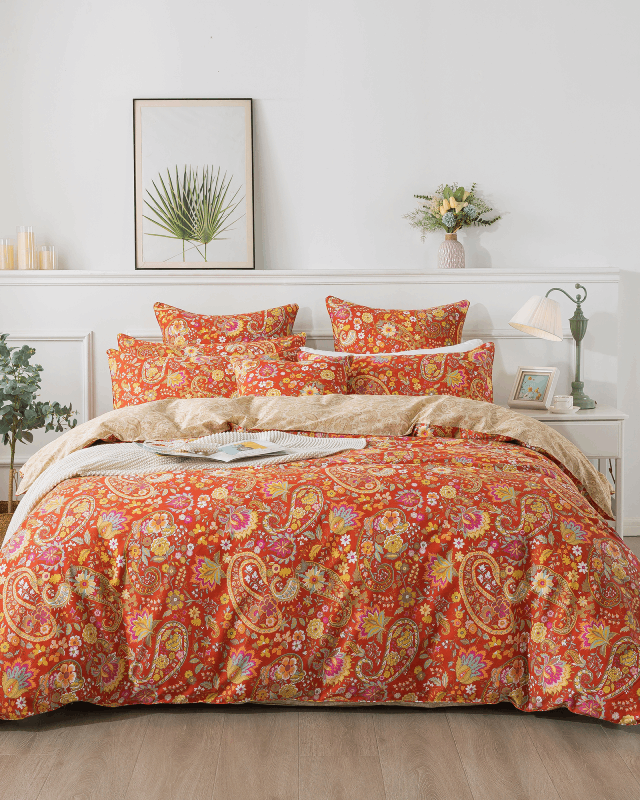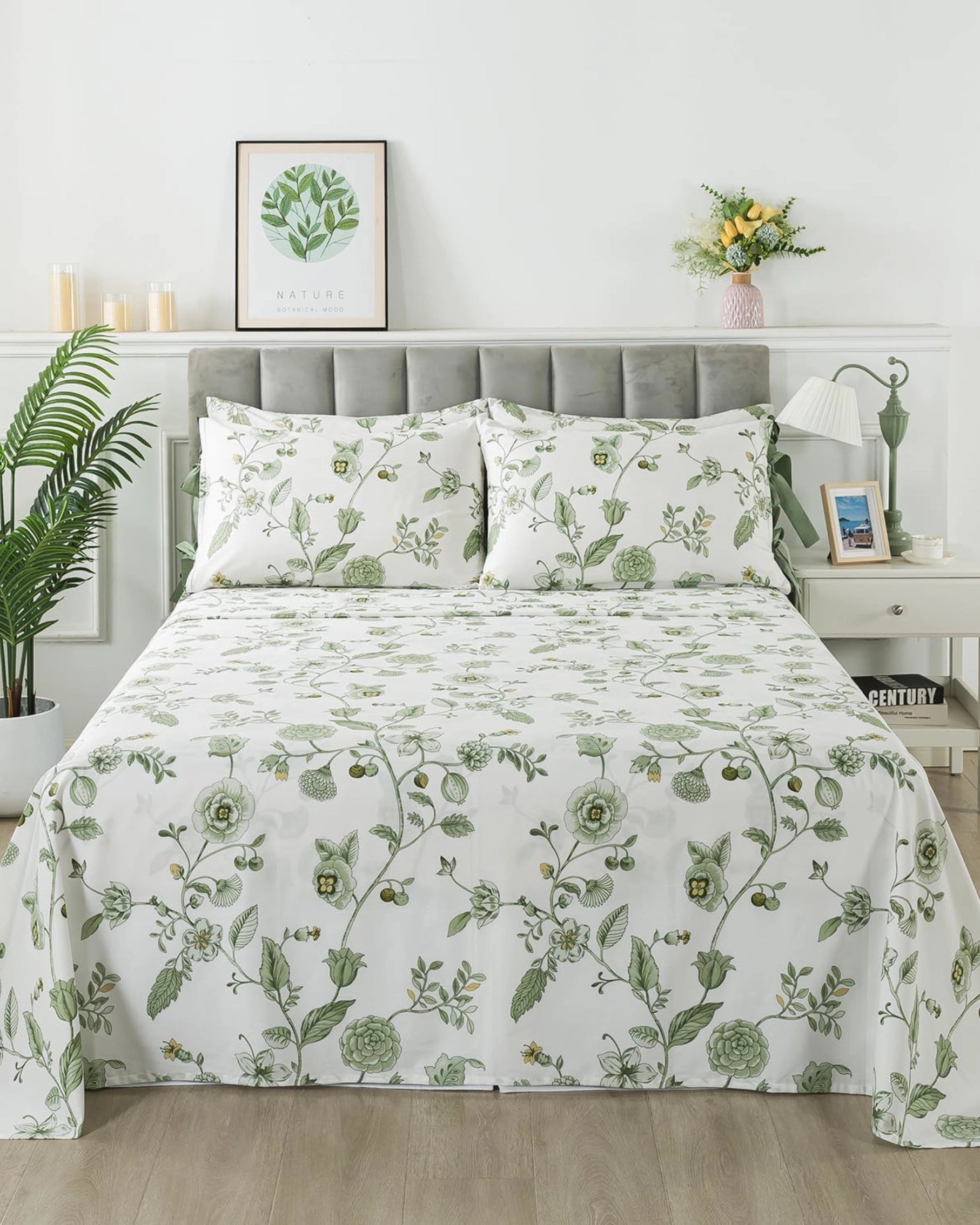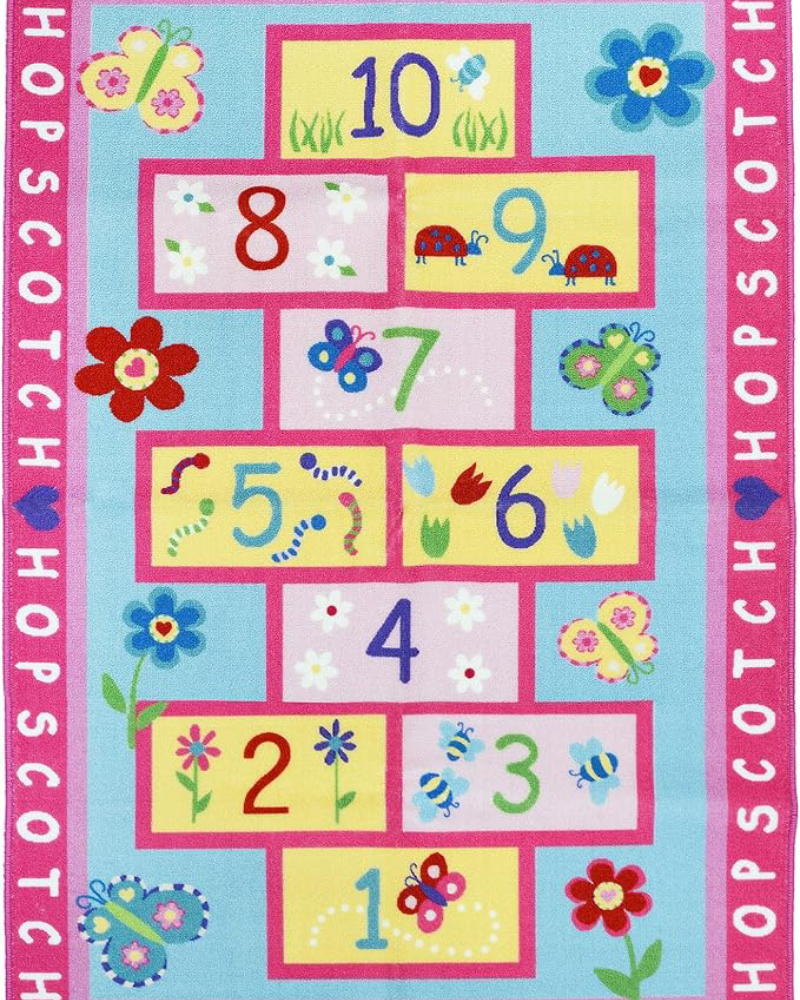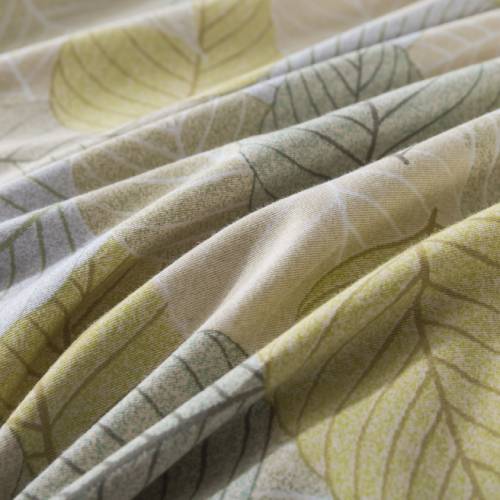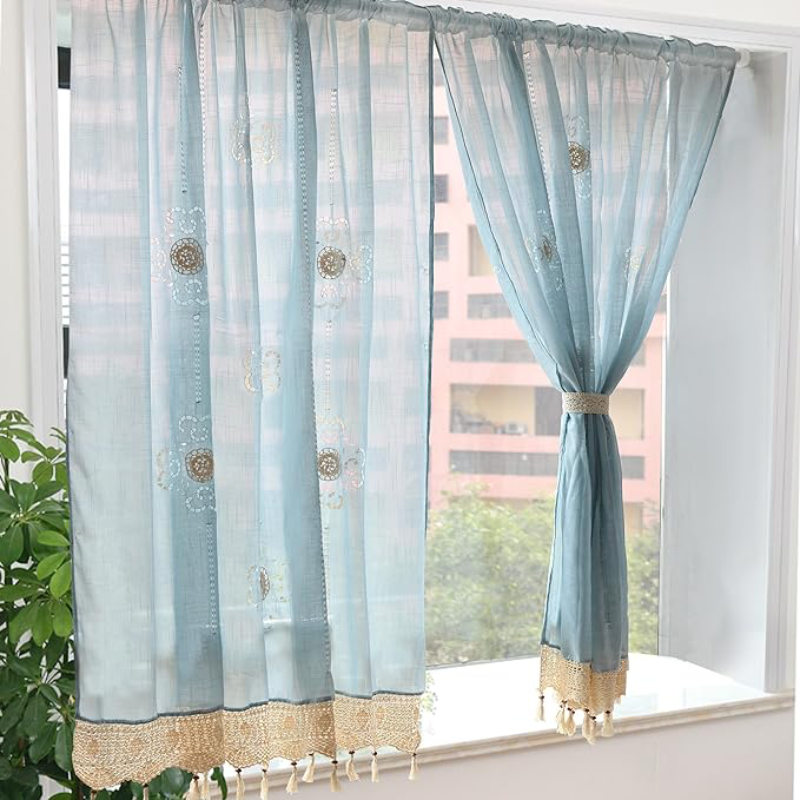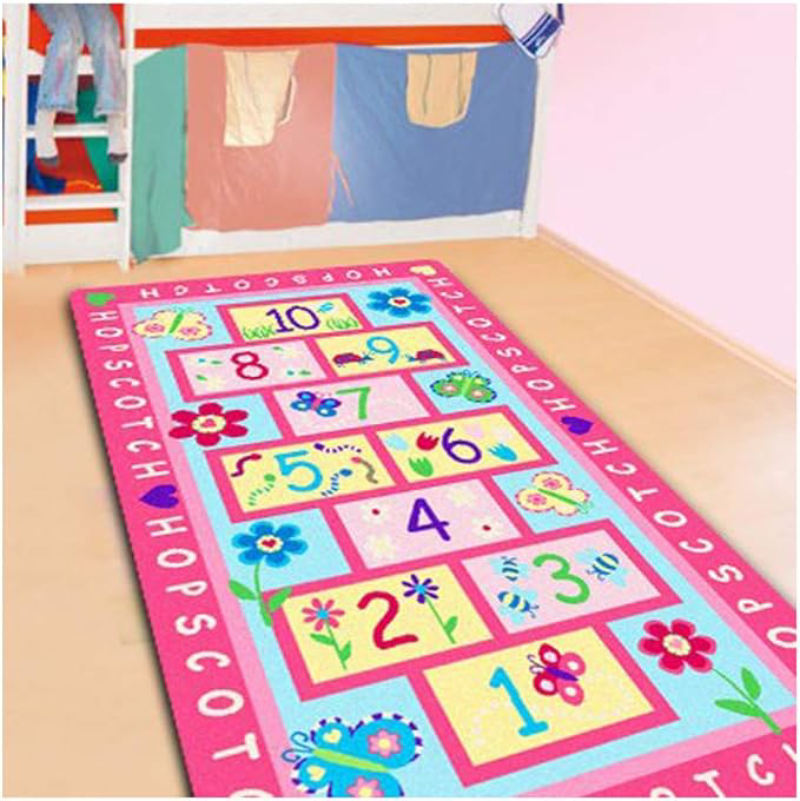You’ve likely come across the term thread count. It’s often touted as a key indicator of quality, but what exactly does it mean, and how does it affect your sheets? In this article, we’ll explore what thread count is, why it matters, and how it impacts the feel and durability of your bedding.
What is Thread Count?
Thread count refers to the number of threads woven together in one square inch of fabric. It’s calculated by adding the horizontal threads (weft) and the vertical threads (warp). For example, a sheet with a 300 thread count means there are 300 threads per square inch, including both the lengthwise and widthwise threads.
Why Does Thread Count Matter?
Thread count is often associated with the softness and smoothness of the fabric. A higher thread count can result in a softer feel, making the fabric smoother against your skin. However, it’s important to note that thread count isn’t the only factor that determines the quality of your sheets.
The Impact of Thread Count on Your Sheets

Softness and Comfort
Generally, a higher thread count means softer and smoother sheets. Fabrics with a higher thread count tend to feel luxurious and soft to the touch. Sheets with 300-500 thread count are considered good quality for a balance between softness and durability.
Durability
While a higher thread count may feel softer initially, it doesn’t always guarantee long-lasting durability. In fact, a very high thread count (above 800 or 1000) might not always be as durable as sheets with a moderate thread count. Higher thread counts often involve thinner threads, which can weaken over time, leading to pilling or wear.
Breathability
While you may think that a higher thread count means better breathability, that’s not always the case. Fabrics with higher thread counts can sometimes trap more heat, making them less breathable. Sheets with a thread count between 200 and 400 are often considered the most breathable and comfortable for year-round use.
Luxury Feel
High thread count sheets are often marketed as premium or luxurious bedding, and they can provide that soft, silky feel you might expect from luxury hotels. However, keep in mind that thread count isn’t the only indicator of luxury—other factors, like the type of cotton or fabric weave, can also influence the quality of the sheets.
Quality of Cotton
The type of cotton used in the fabric plays a major role in the overall quality of the sheets. Egyptian cotton, Pima cotton, and Supima cotton are known for their long fibers, which contribute to a stronger and softer fabric. Sheets made from high-quality cotton with a moderate thread count will likely feel more luxurious than those made from lower-quality cotton with a high thread count.
How to Choose the Right Thread Count for Your Sheets
-
200 to 400 Thread Count: These sheets offer a balance of softness, breathability, and durability. They’re perfect for everyday use and work well in most climates.
-
600 Thread Count: These sheets feel smooth and soft but also provide better durability than higher thread count options. They’re ideal for those who want a bit of extra luxury without compromising durability.
-
800 Thread Count: If you’re looking for the ultimate in luxury, higher thread count sheets can provide an incredibly smooth and soft feel. However, make sure to consider the type of cotton, as overly high thread counts may be more prone to damage over time.
FAQs
Can thread count vary in different parts of the same sheet set?
Yes, thread count can slightly differ between flat sheets, fitted sheets, and pillowcases due to manufacturing variations and stress points. Always check the specifications for each piece.
How do manufacturing techniques affect thread count quality?
Some manufacturers use multiple-ply threads to artificially inflate thread count. A sheet with genuine single-ply threads at 300 count might feel more authentic and durable than a sheet with multi-ply threads at 800 count.
Does thread count impact sheet weight?
Thread count can influence sheet weight. Higher thread count sheets tend to be heavier and feel more substantial, which some people associate with luxury. However, weight isn't always an indicator of quality.
How do environmental conditions affect thread count performance?
Climate and humidity can impact how thread count feels. In humid regions, high thread count sheets might feel less breathable, while in dry climates, they might provide better insulation.
Can thread count be improved after manufacturing?
Thread count is determined during weaving and cannot be significantly altered afterward. Proper care, like gentle washing and avoiding harsh detergents, can help maintain the original fabric integrity.
Are there cultural or regional preferences for thread count?
Different cultures have varying preferences. For example, European markets often prioritize fabric quality and weave over pure thread count, while North American consumers tend to focus more on the numerical thread count.
Conclusion
The number of threads per square inch is a factor worth considering, but it is not the only metric to put into consideration when looking to purchase sheets. The cotton used, how it is woven and made into fabric makes bedding soft, tough and lasts longer. Make sure to pay attention to the weave, quality of the material, and the count of the threads to ensure a good night’s sleep.

